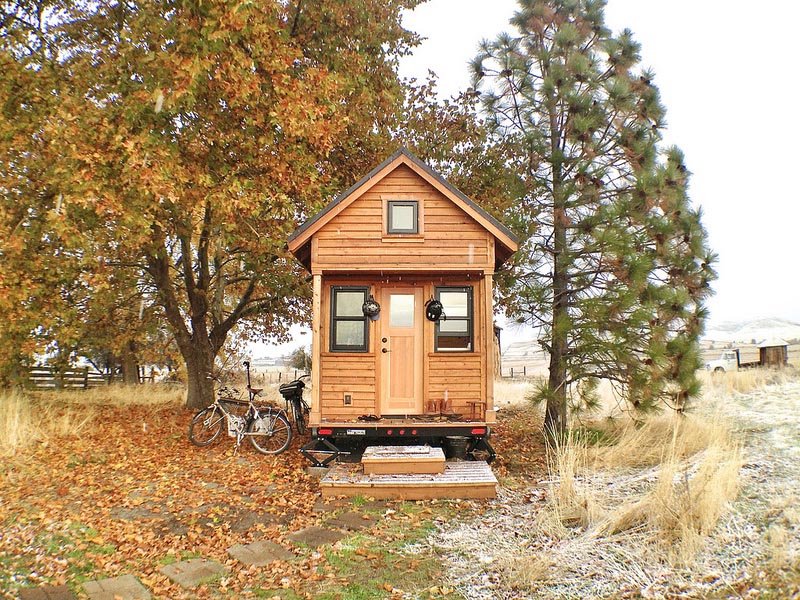You’ve found the perfect new home on a lovely street, in a quiet neighborhood, near top-notch schools, and within an easy commute of your job. But here’s the catch: It has two bedrooms, and you currently live in a three-bedroom home. You and your family use every square foot of your current space. Can you downsize, and if so, how?
With space at a premium, many Bay Area residents must sacrifice square footage in order to become homeowners. Fashioning a comfortable abode in small quarters requires getting creative with space and making adjustments. There are many benefits to downsizing: smaller utility bills, less cleaning and maintenance — and less stuff to hide or move when guests come over.
What Should You Ditch?
Make an inventory list: must-have, can-replace, and can-live-without items. Do you really need two credenzas and two reclining chairs? Take this as an opportunity to pass along furniture to friends or family who may need it. Donate it to the local community center or have a moving sale. Use websites such as Craigslist, The Freecycle Network, or eBay to give away or sell items.
Sell furniture at a consignment shop — this way it will be out of your home while waiting for the right offer. There are also services that will sell your goods on the Internet for you if you don’t have the time. You don’t need to get rid of everything, but you should have a good idea what will and won’t fit into your new space.
What Can You Store?
If you don’t want to get rid of select possessions — especially larger pieces of furniture — consider storing them for six months, then ask yourself if they are worth keeping. Maybe there really are possessions you can’t use at the moment but you want to keep for future use. Maybe there are pieces that have sentimental value you will never get rid of.
If you can afford it, consider swapping some of the furniture you are currently using with some of your stored goods at some point. That way, you can keep your house feeling and looking fresh.
How Can You Maximize Space?
There are many space-saving furniture solutions you may want (or need) to consider. For instance, loft beds allow for the space under a sleeping area to be useful — desks usually fit quite nicely here. Built-in bookshelves are attractive and functional. Storage cubes and baskets can hide the things you don’t want to store permanently but that you don’t want out in the open.
Use creative storage method, such as old suitcases, book stacks, and decorative boxes. Clutter is the enemy of the small house. Though storage will help keep your home manageable, do keep in mind that storage isn’t the end goal: paring down and minimizing is.
Roll-away kitchen islands and foldout tables can convert your small kitchen to a more workable space. Maybe you don’t have that huge eat-in kitchen you wanted, but smaller spaces are easier to work in. Placing things you regularly use in reach and storing things you don’t is key. You may be surprised at how that galley kitchen you thought was impossible to cook in might just become your favorite functional room in the house.
Can You Reimagine the Space?
Remember that you do not have to stick with how rooms were previously used: Get creative, and keep in mind that you can change a room’s function. Maybe the larger room would make a better living room even though it was presented as the dining room during the open house. Try different uses for the rooms — and if you have less furniture, this type of flexibility and change won’t be such a huge burden. You can also use area rugs and create furniture placement to “create” new spaces or to blend spaces
Instead of focusing on the lack of private space and the fact that common areas will be shared more often, focus on how the new layout will bring you and your family together. You will all need to adjust to living in closer quarters, but it will soon become the new norm. And, if you are feeling overwhelmed by the thought of downsizing, consider hiring an organizational expert. They can help you prioritize and prepare for change.
(Photo: Flickr/Tammy Strobel)

